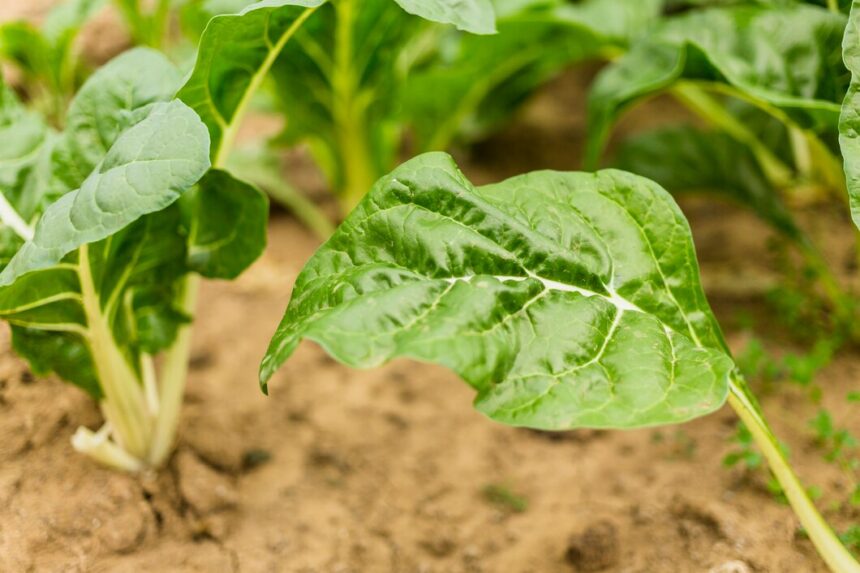Spinach, a nutritious and versatile leafy green, is susceptible to various diseases, with downy mildew being one of the most common and damaging. Early detection is key to preventing the spread of this fungal disease and minimizing crop losses. Here are ten early signs to watch for that may indicate your spinach is suffering from downy mildew:
- Yellowing of Leaves: One of the earliest symptoms of downy mildew is the yellowing of leaves, starting from the edges or tips and gradually spreading inward. This yellowing is often accompanied by a downy or fuzzy growth on the underside of the leaves.
- Damp or Moist Foliage: Infected spinach plants may exhibit damp or moist foliage, especially on the undersides of leaves where the downy mildew fungus thrives. This moisture is conducive to the growth and spread of the disease.
- Sparse Growth: Downy mildew can stunt the growth of spinach plants, resulting in sparse foliage and reduced vigor. Affected plants may appear smaller than healthy ones and may struggle to produce new leaves.
- Purple or Reddish Discoloration: In some cases, infected spinach leaves may develop purple or reddish discoloration, particularly along the veins. This discoloration is a result of the plant’s response to the presence of the fungal pathogen.
- Distorted Leaves: As downy mildew progresses, the leaves of spinach plants may become distorted or deformed, with irregular shapes and sizes. This distortion can affect the plant’s ability to photosynthesize and produce energy.
- White Powdery Growth: A telltale sign of downy mildew is the presence of white, powdery growth on the undersides of spinach leaves. This growth consists of the spores of the downy mildew fungus and is a clear indicator of infection.
- Wilting or Drooping Foliage: Infected spinach plants may exhibit signs of wilting or drooping, even when soil moisture levels are adequate. This wilting is due to the damage caused by the fungus to the plant’s vascular system.
- Leaf Curling: Downy mildew can cause the leaves of spinach plants to curl or cup, with the edges rolling inward or upward. This curling is often accompanied by other symptoms such as yellowing and discoloration.
- Reduced Yields: Severe cases of downy mildew can lead to significant reductions in yield, with infected plants producing fewer and smaller leaves. Farmers may notice a decrease in the overall productivity of their spinach crops.
- Spread to Nearby Plants: If left unchecked, downy mildew can spread rapidly to nearby spinach plants and other susceptible crops. Farmers should monitor their fields closely for signs of disease and take proactive measures to prevent its spread.
In conclusion, early detection of downy mildew is crucial for minimizing the impact of this destructive disease on spinach crops. By familiarizing themselves with the early signs of infection, farmers can take timely action to protect their plants and preserve yields. Effective disease management strategies, including cultural practices, fungicide applications, and crop rotation, can help mitigate the spread of downy mildew and ensure the health and productivity of spinach crops.
Join 'Farmers Mag' WhatsApp Channel
Get the latest Farming news and tips delivered straight to your WhatsApp
CLICK HERE TO JOIN






